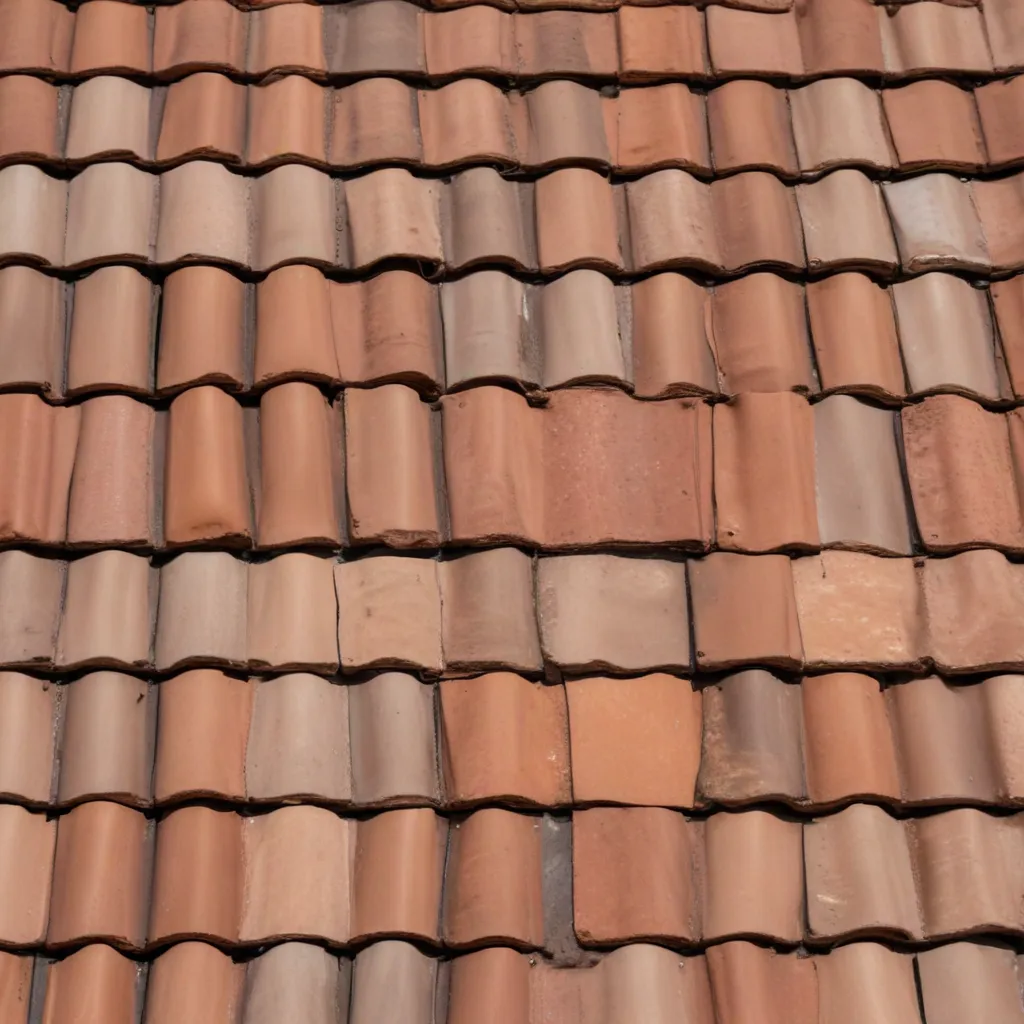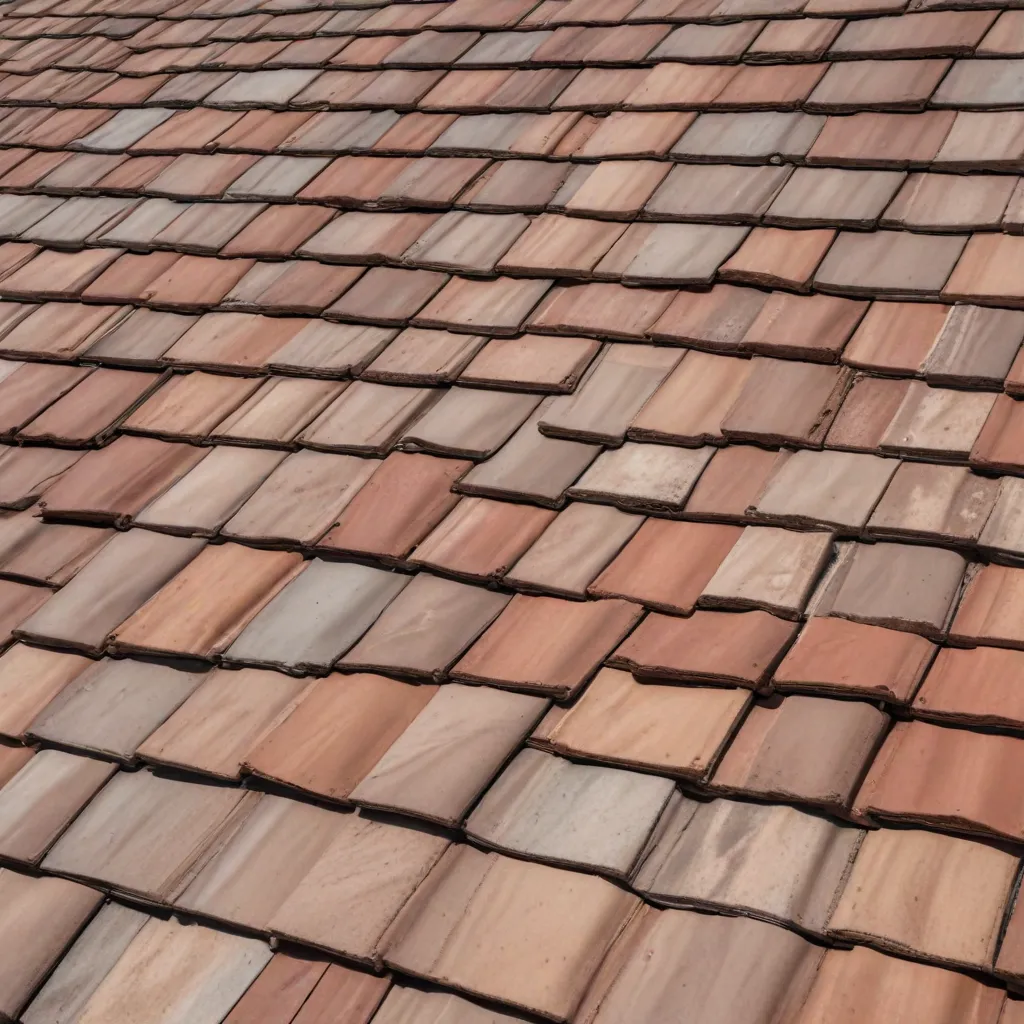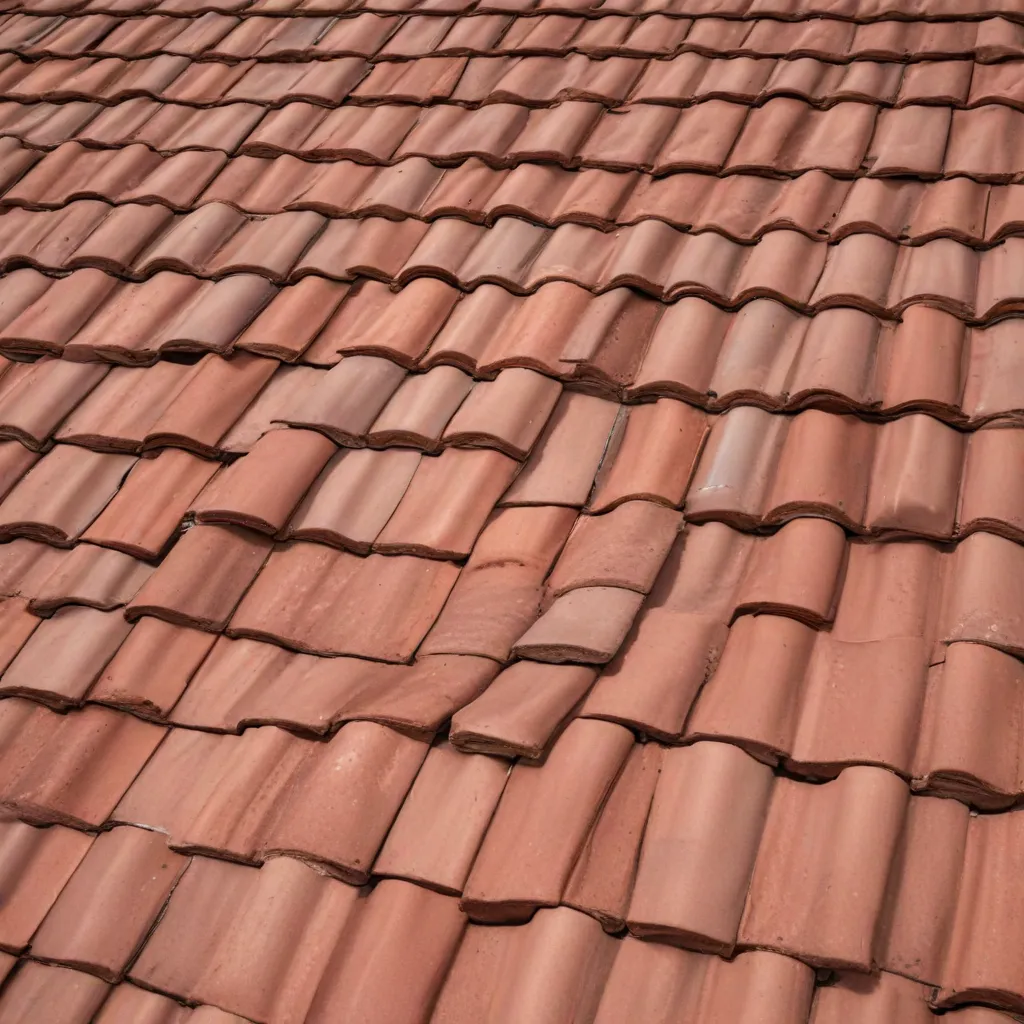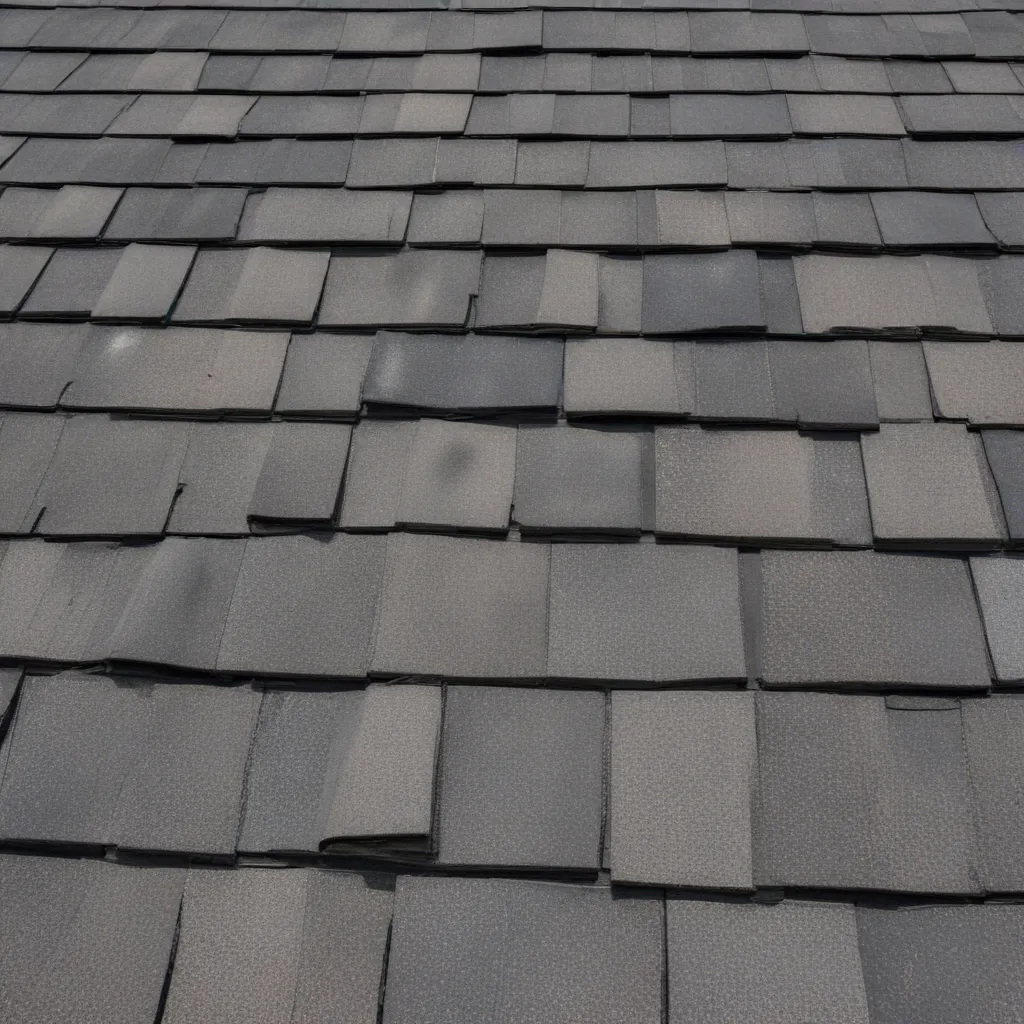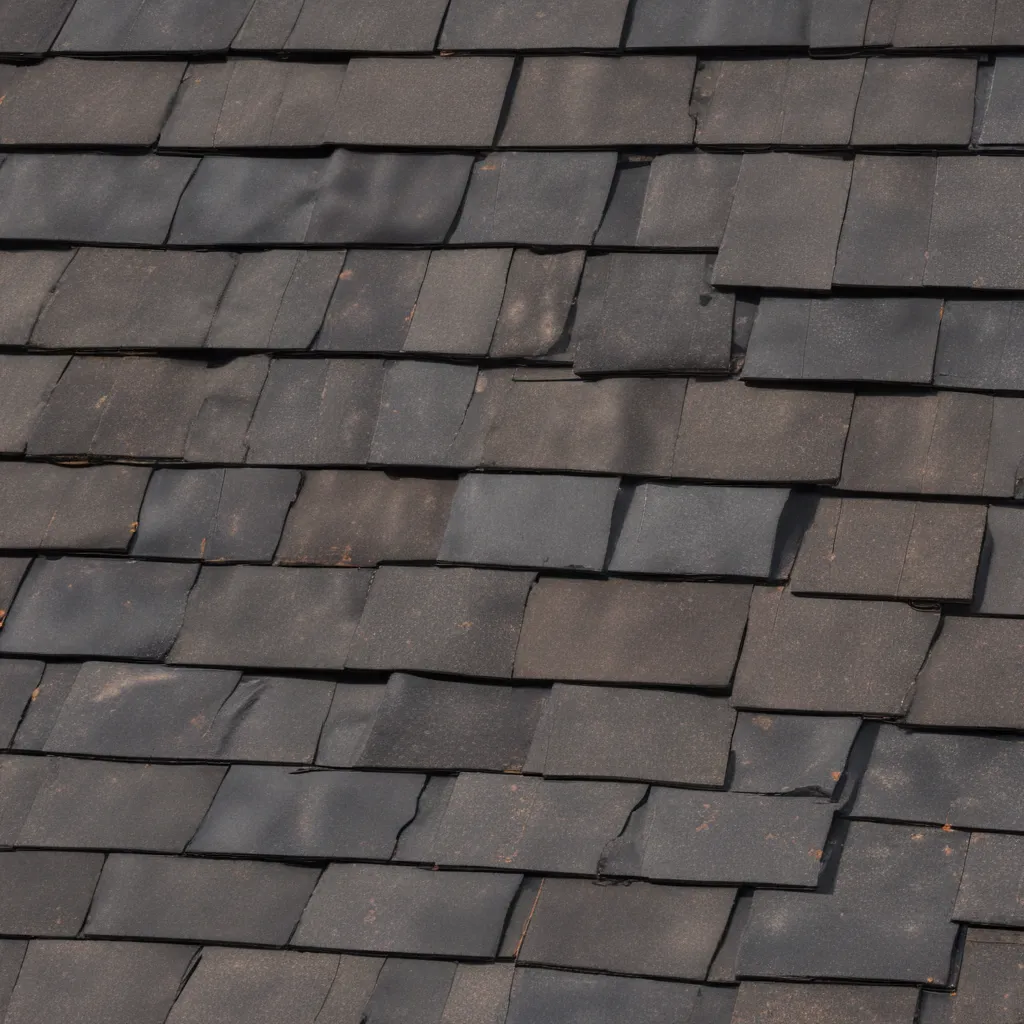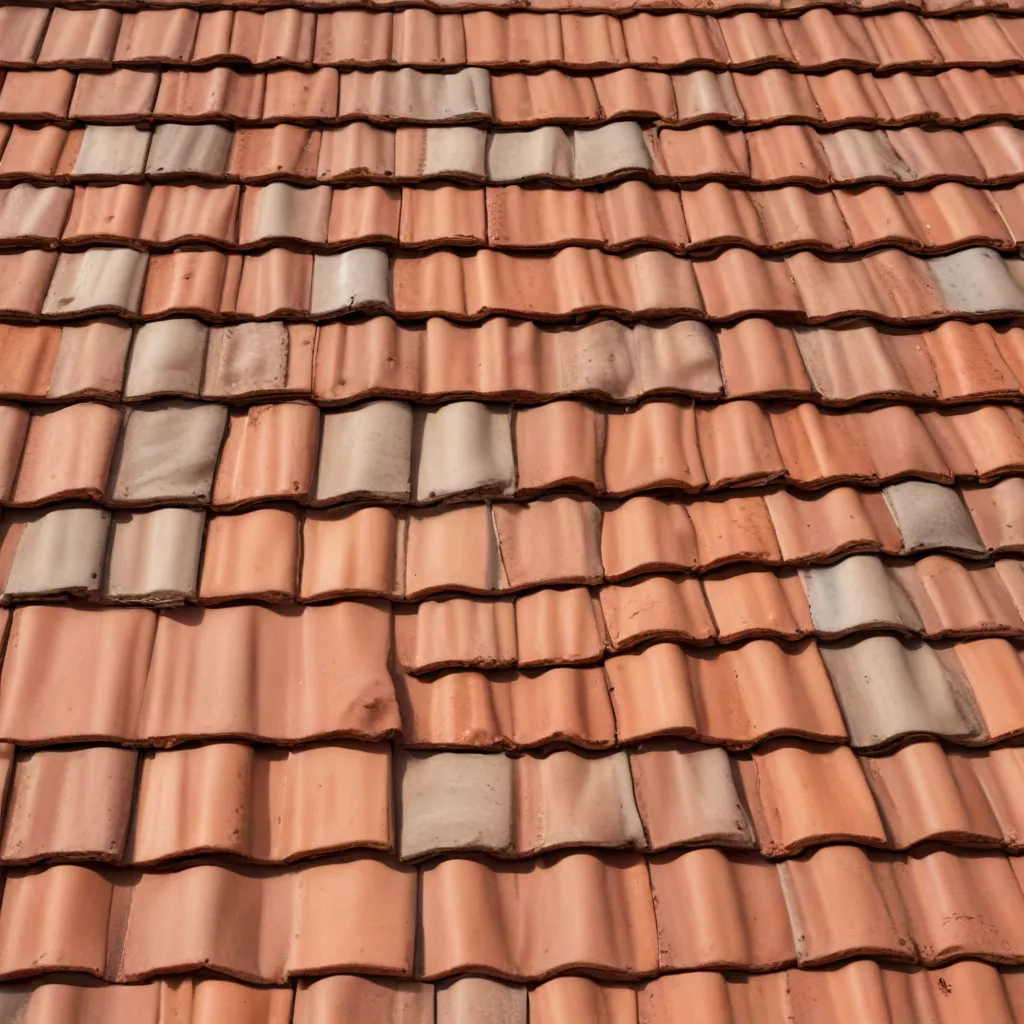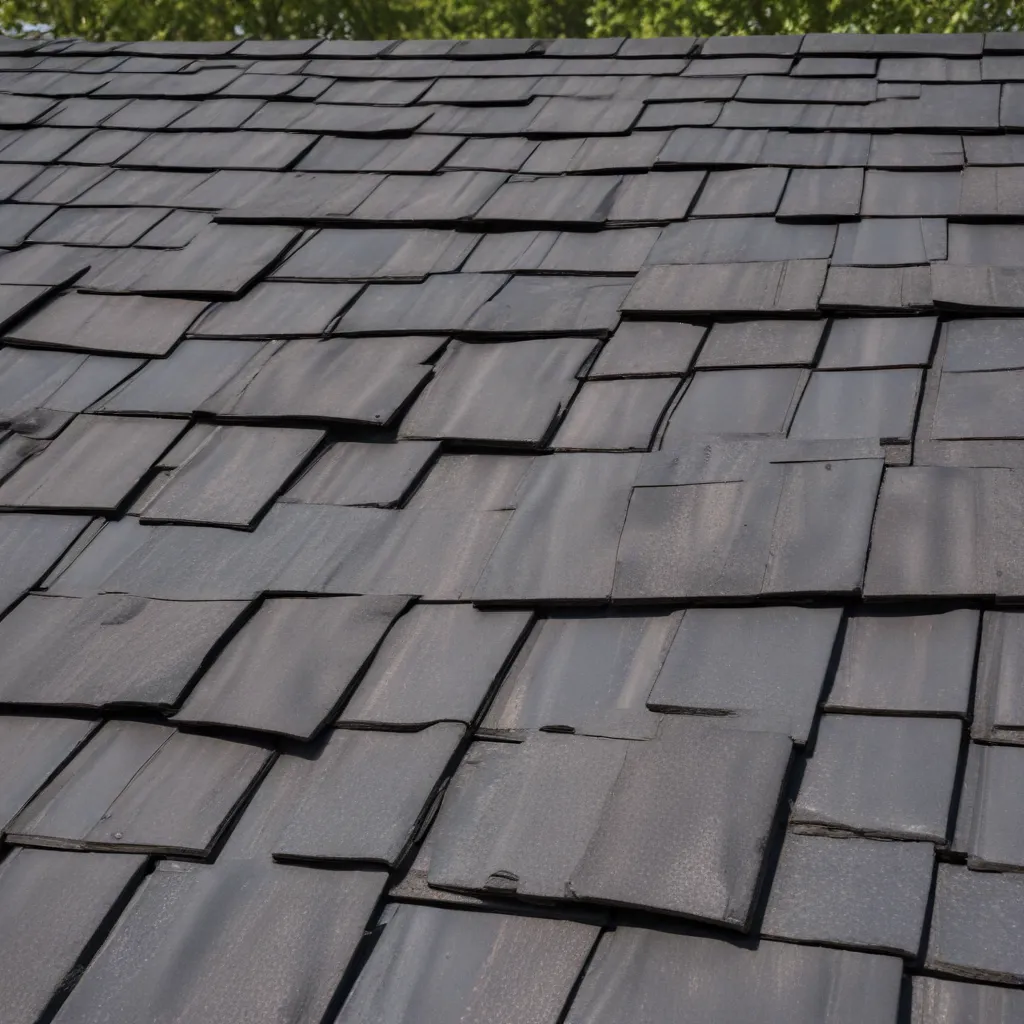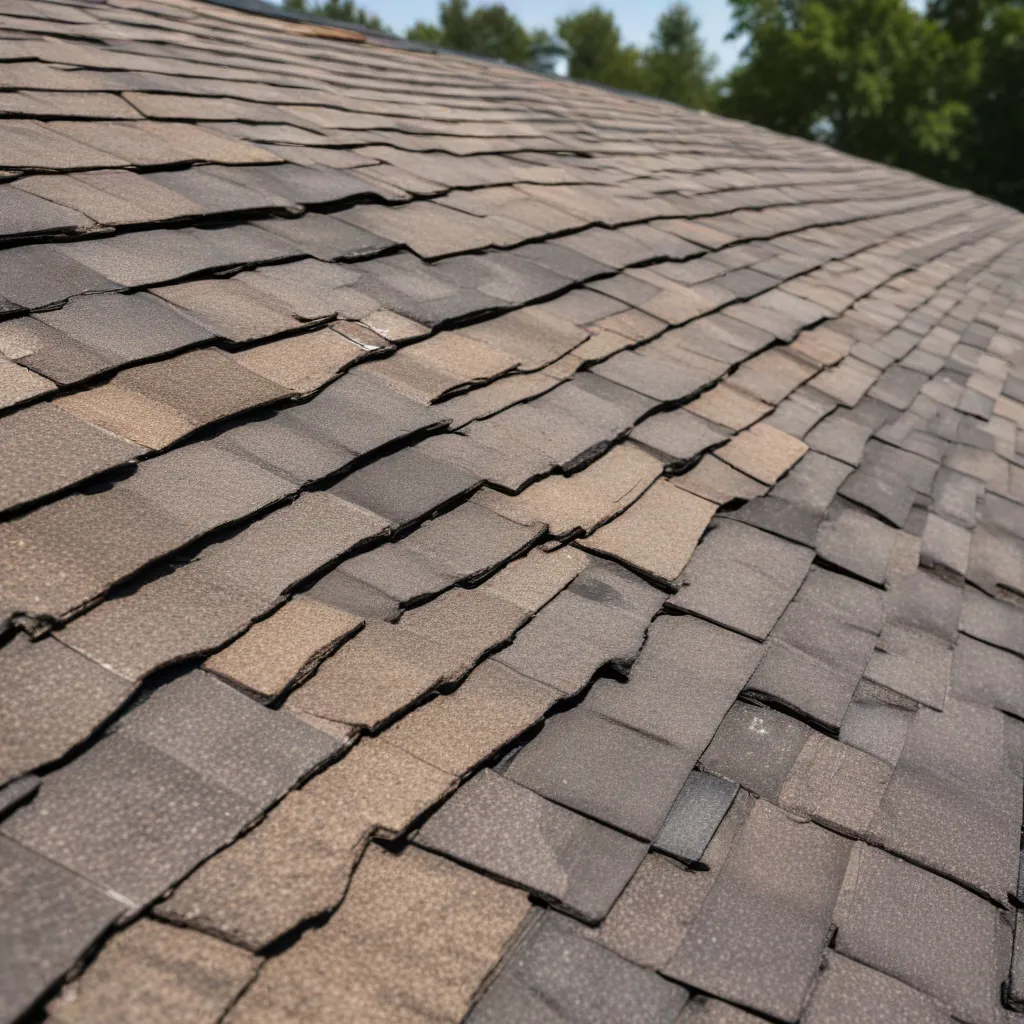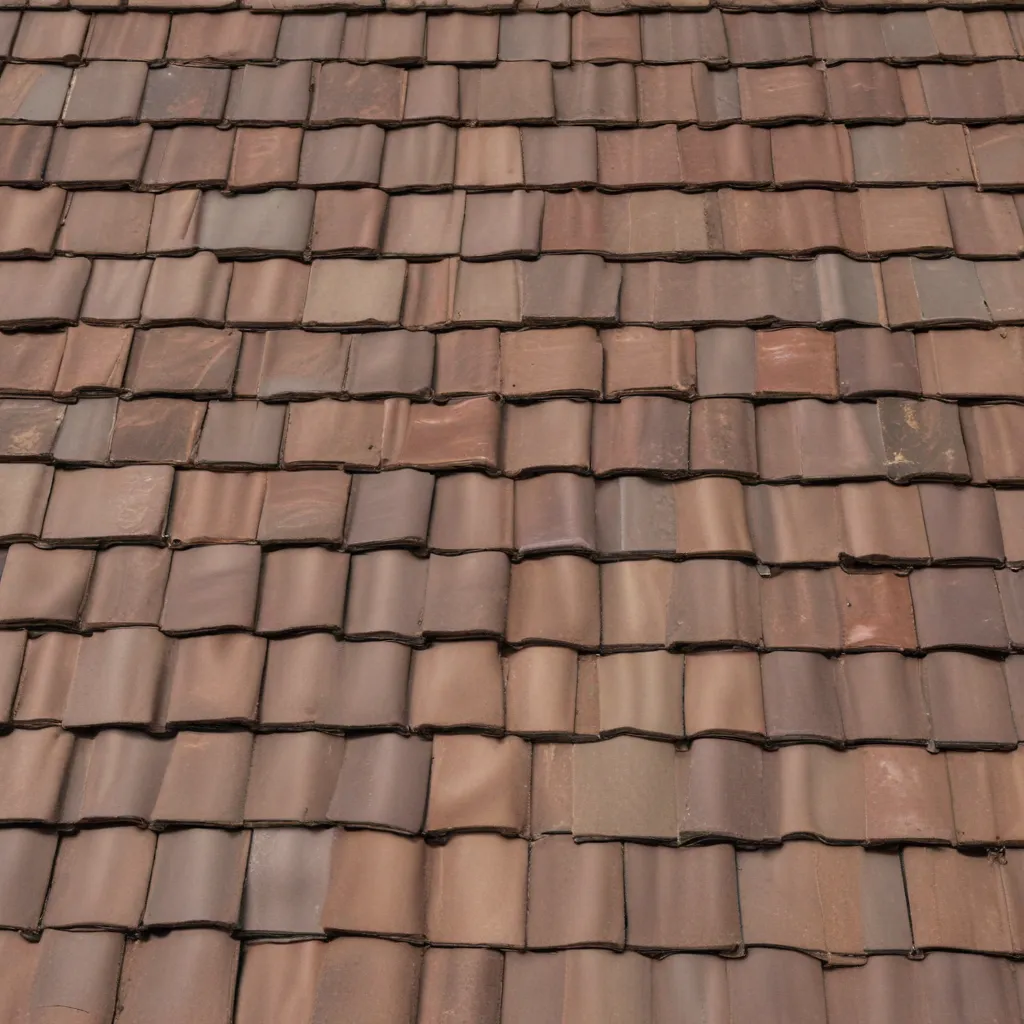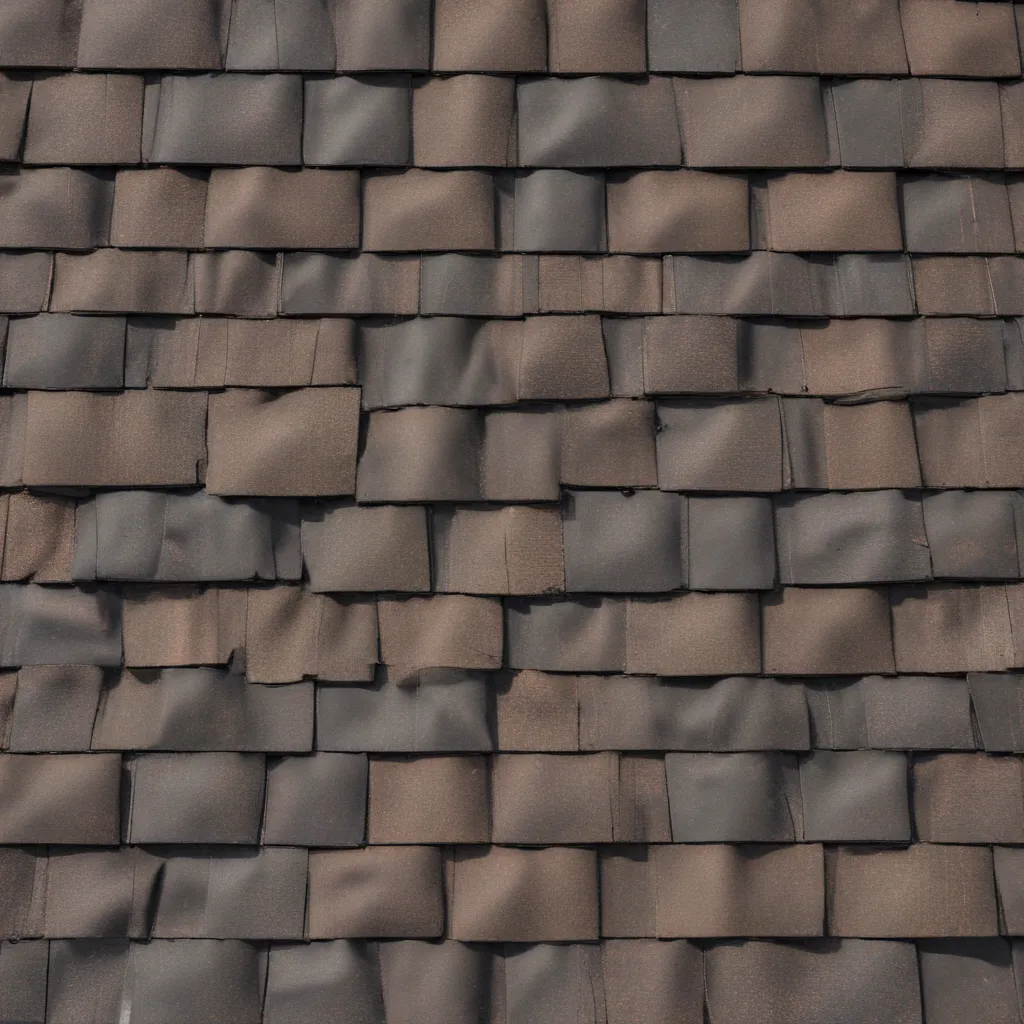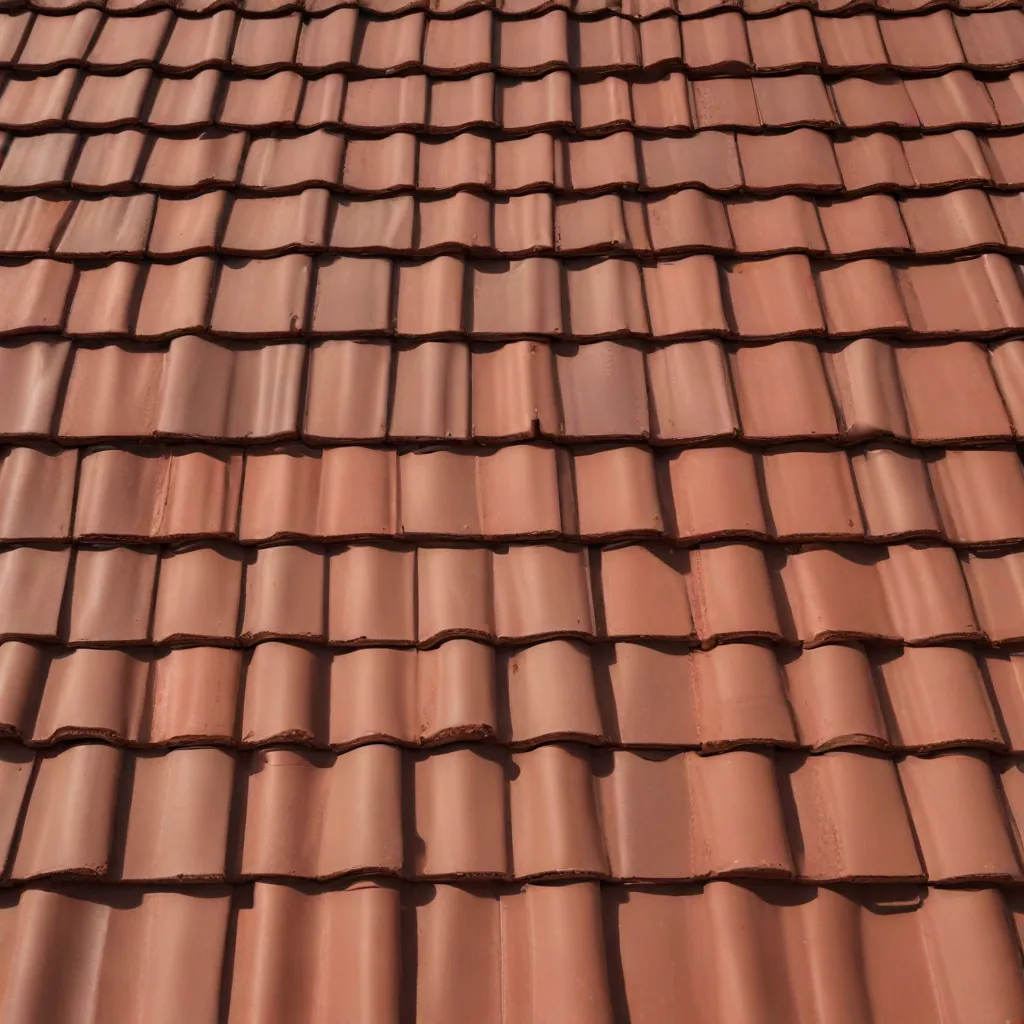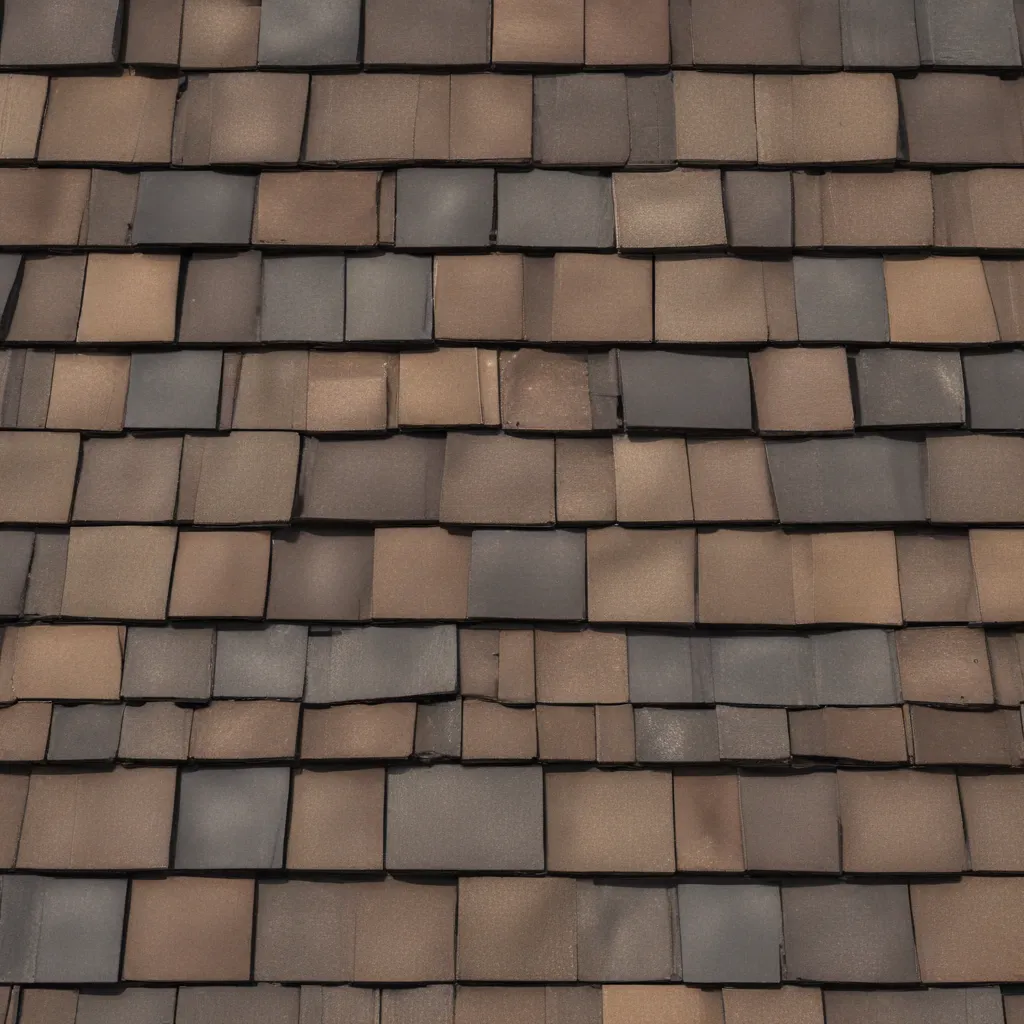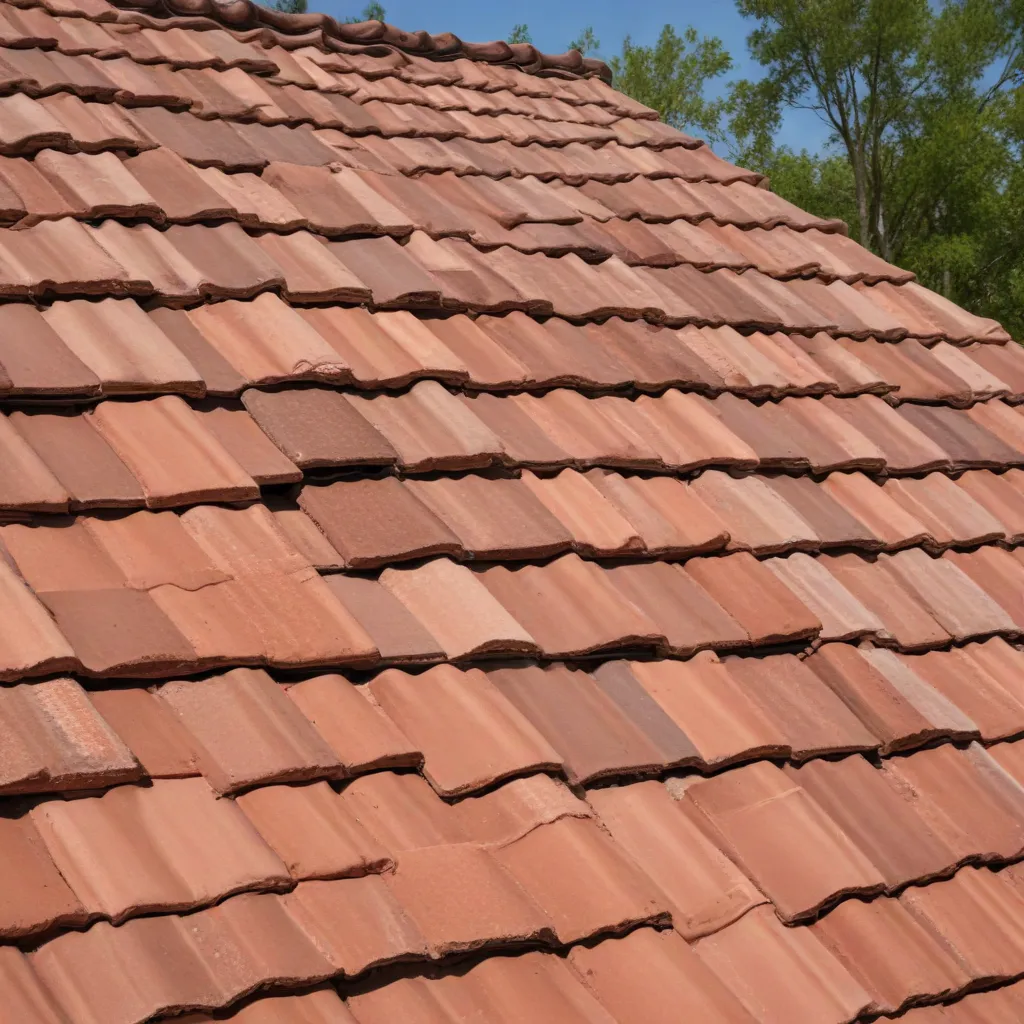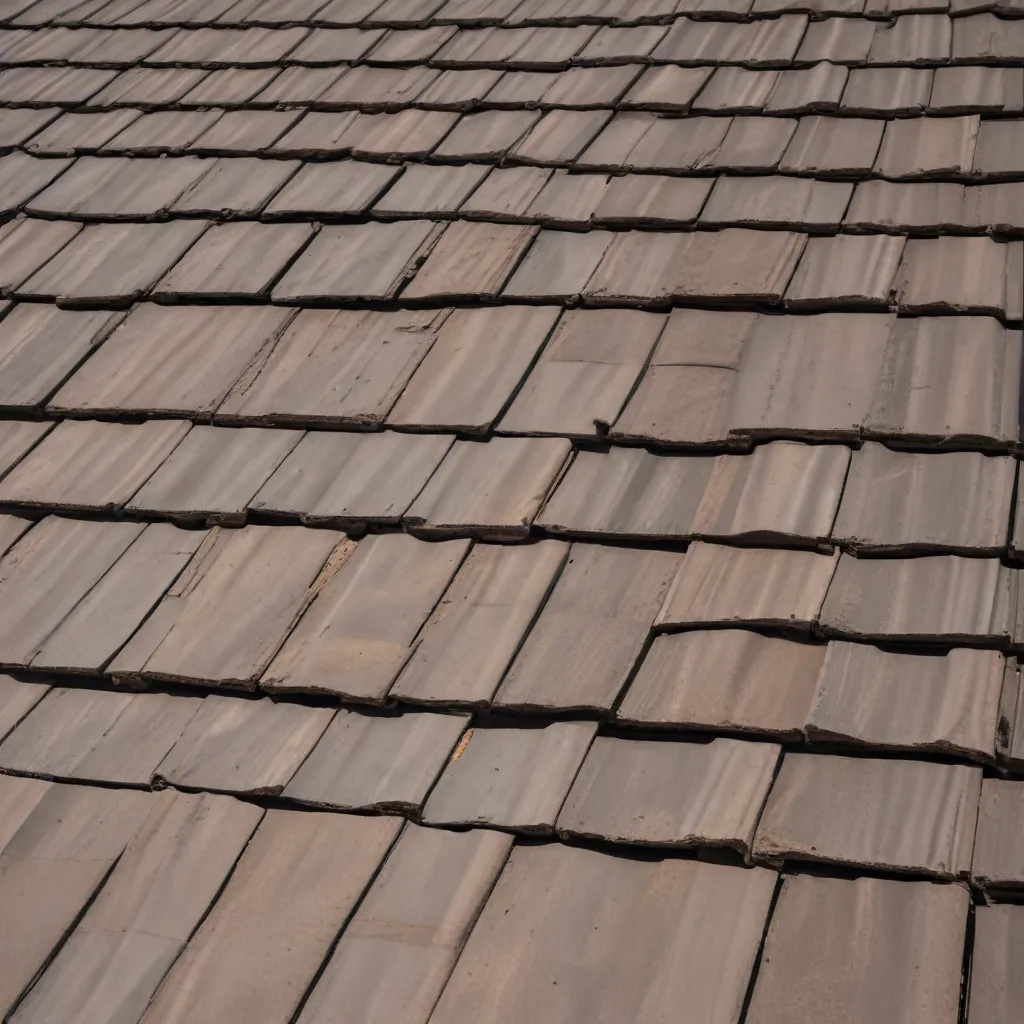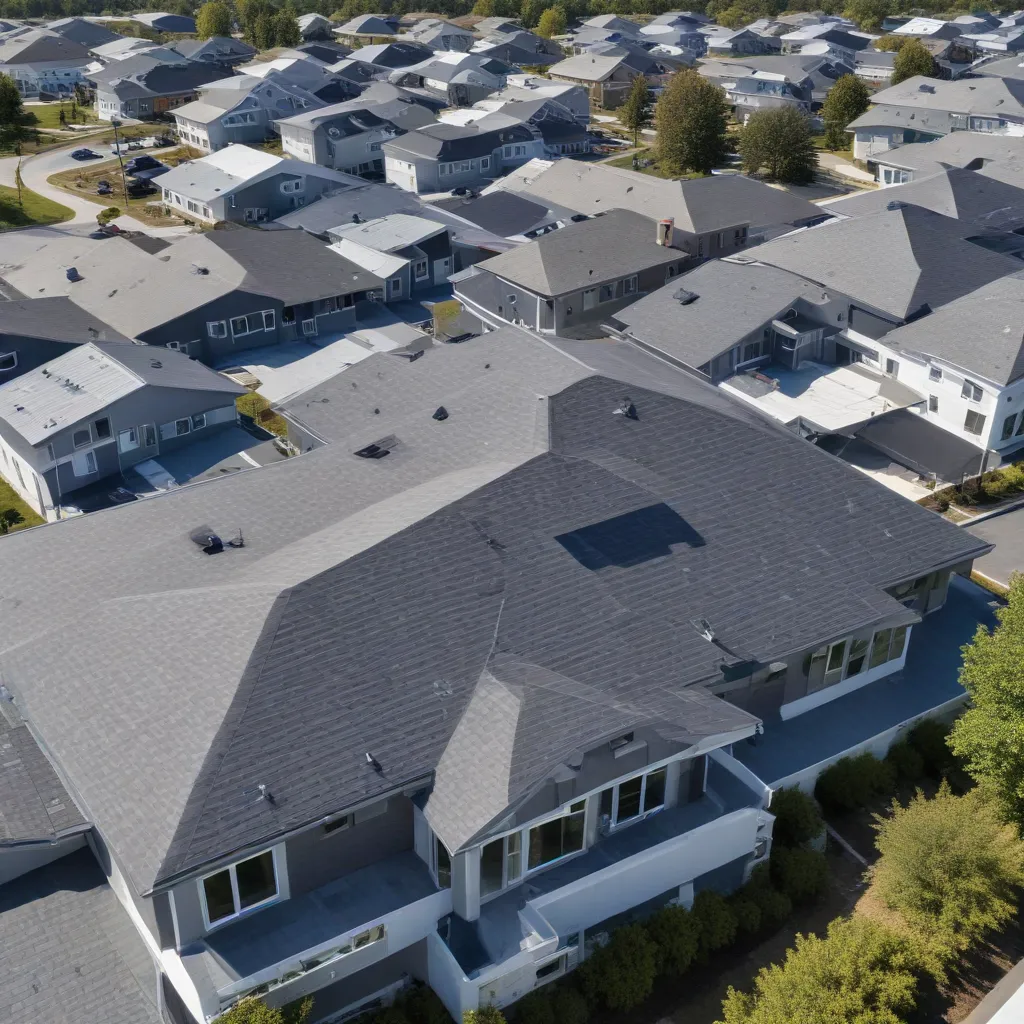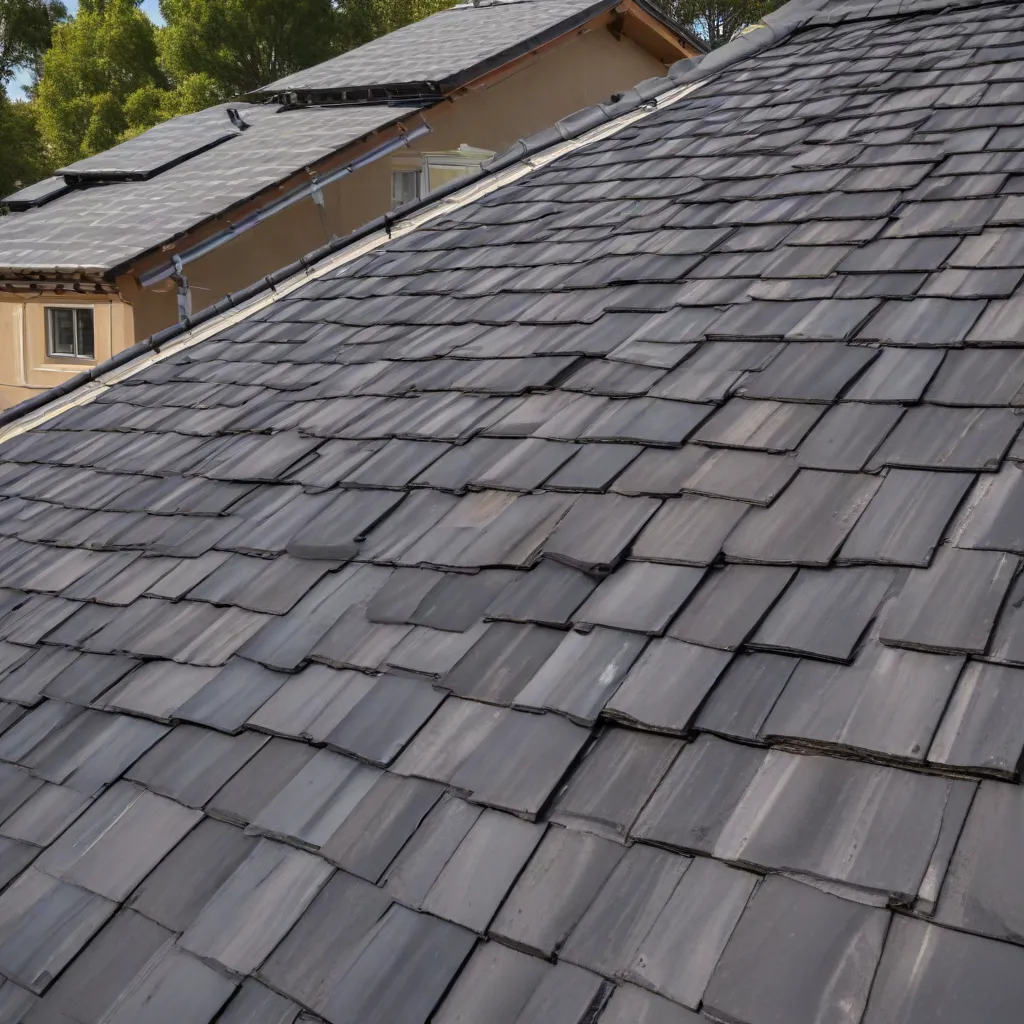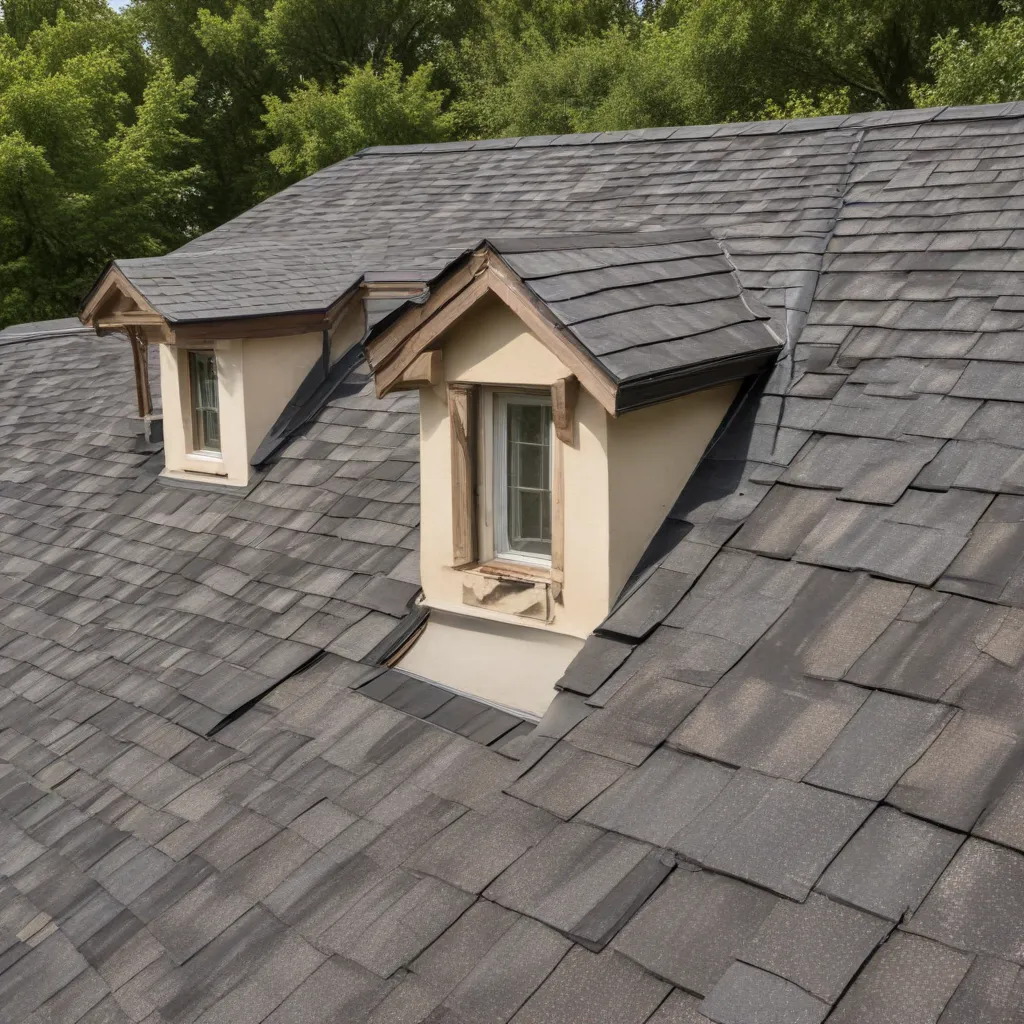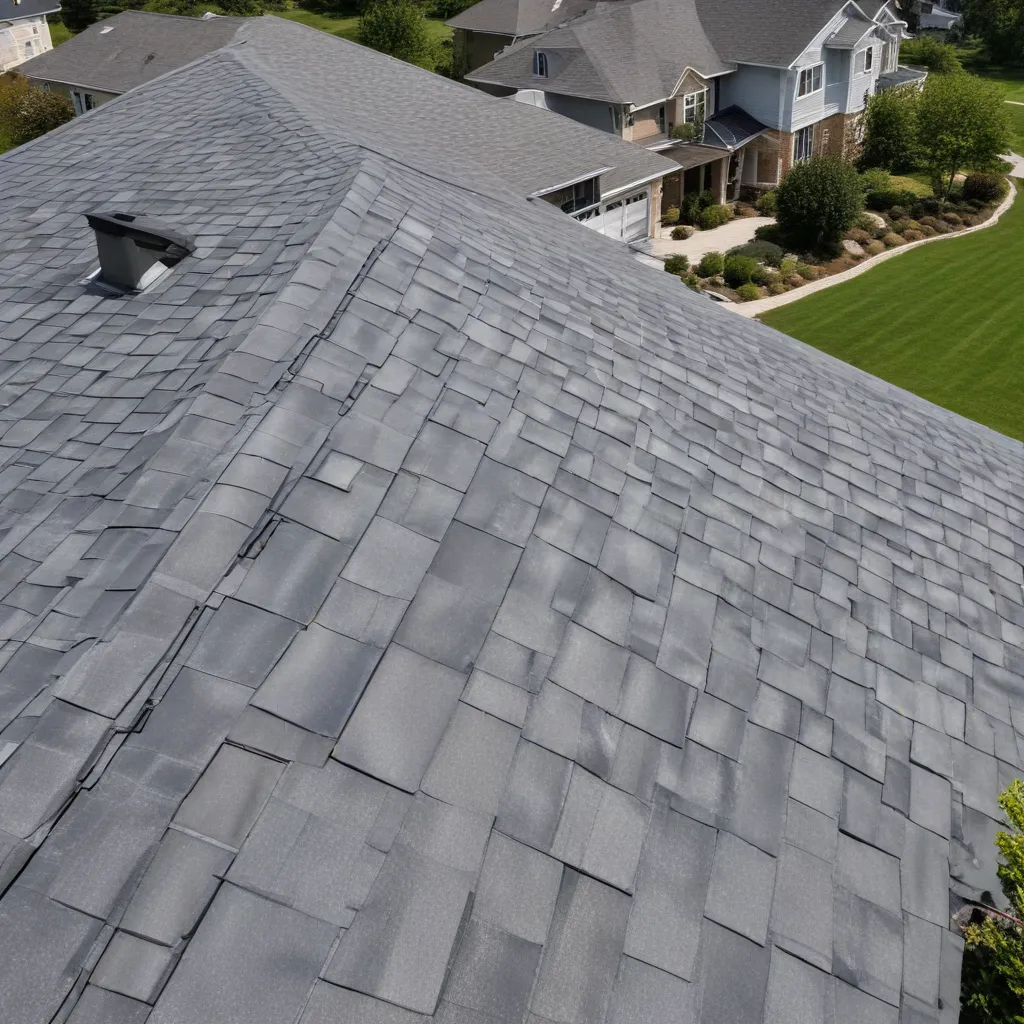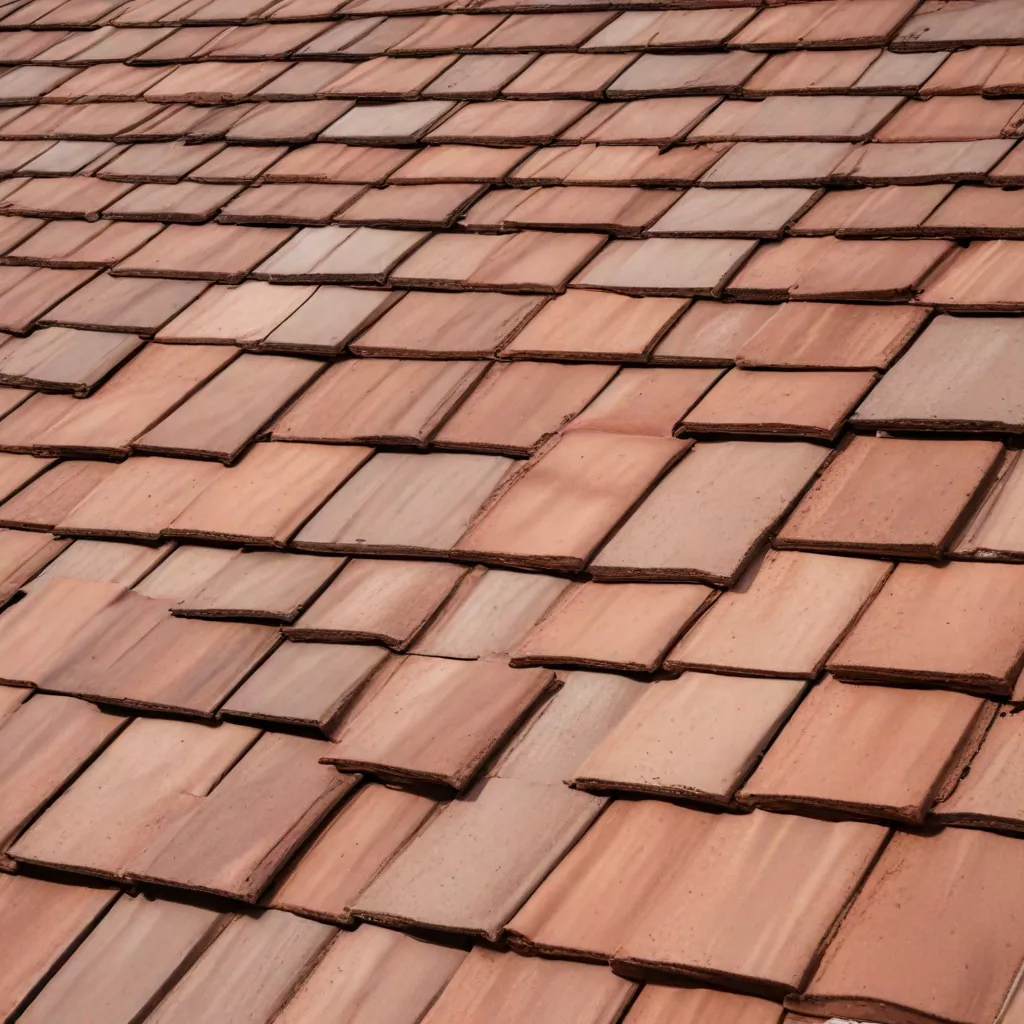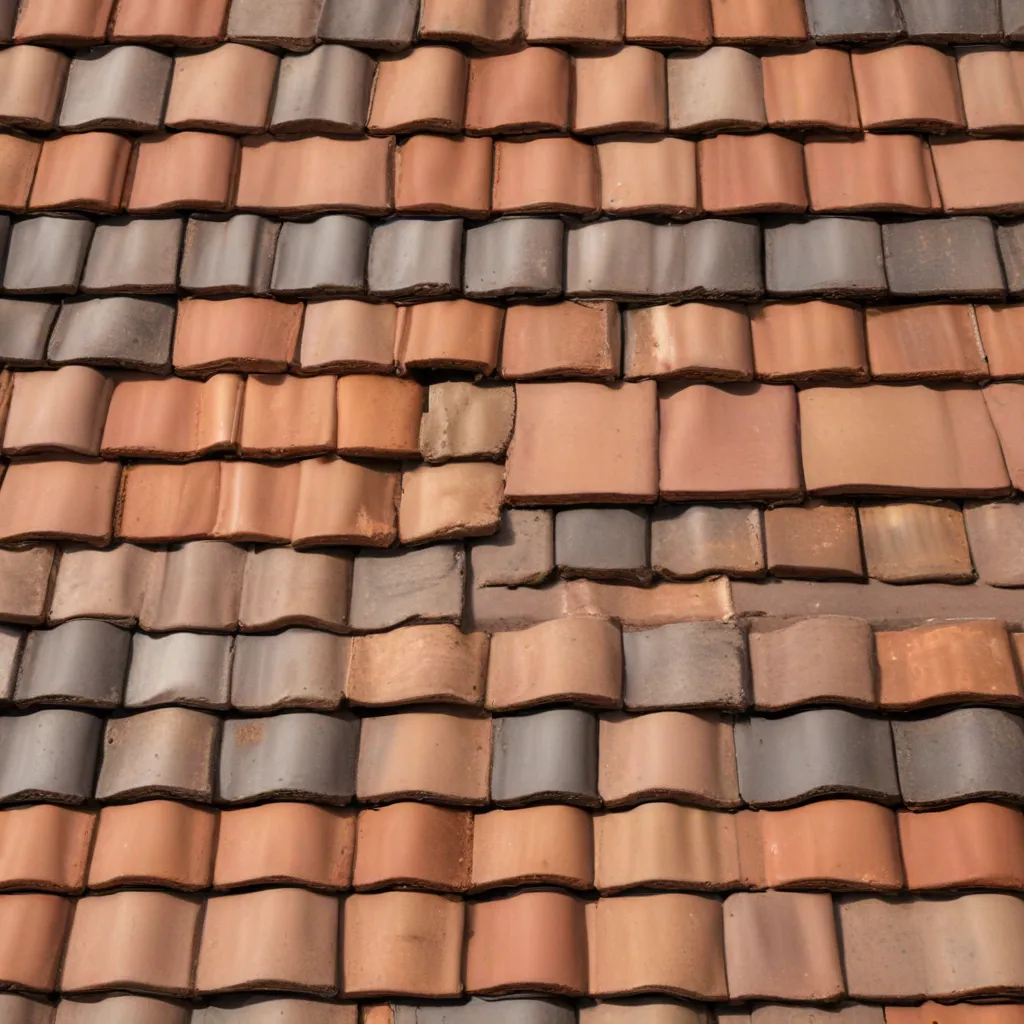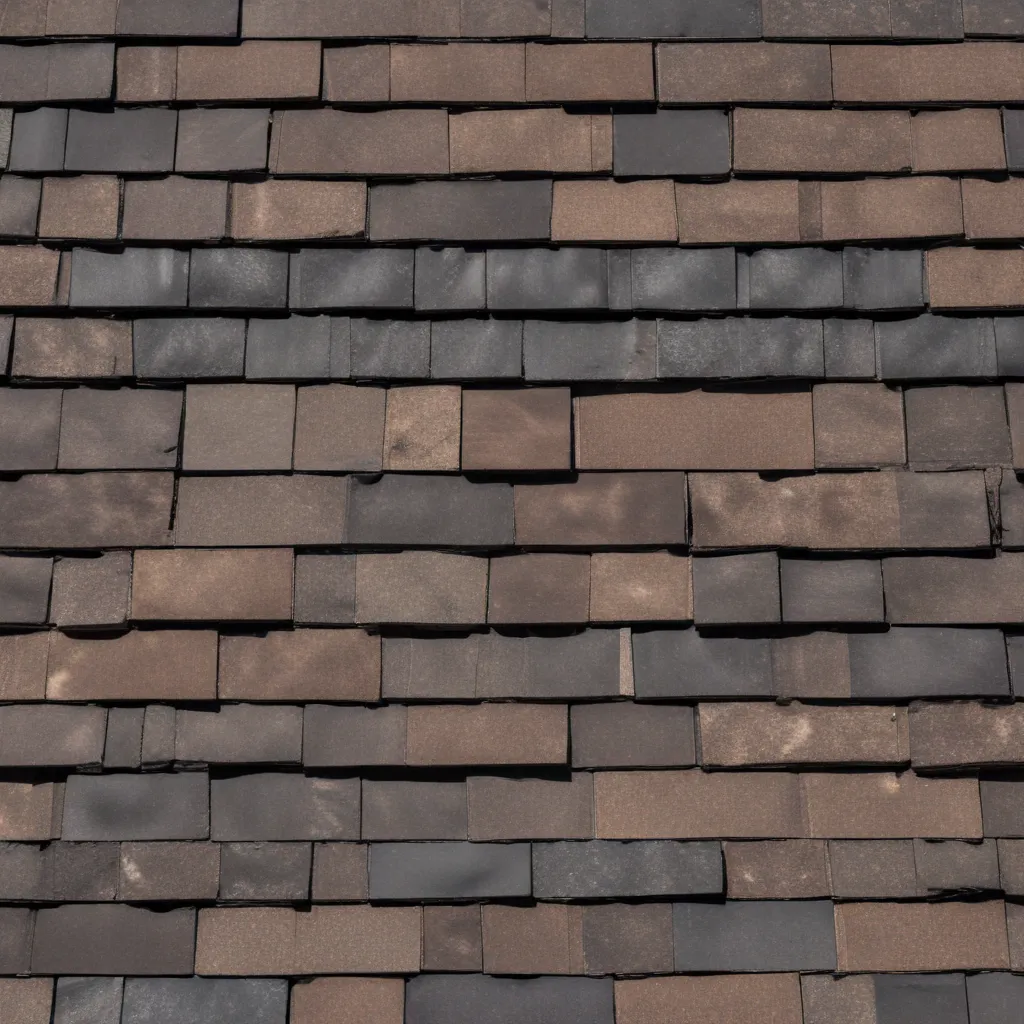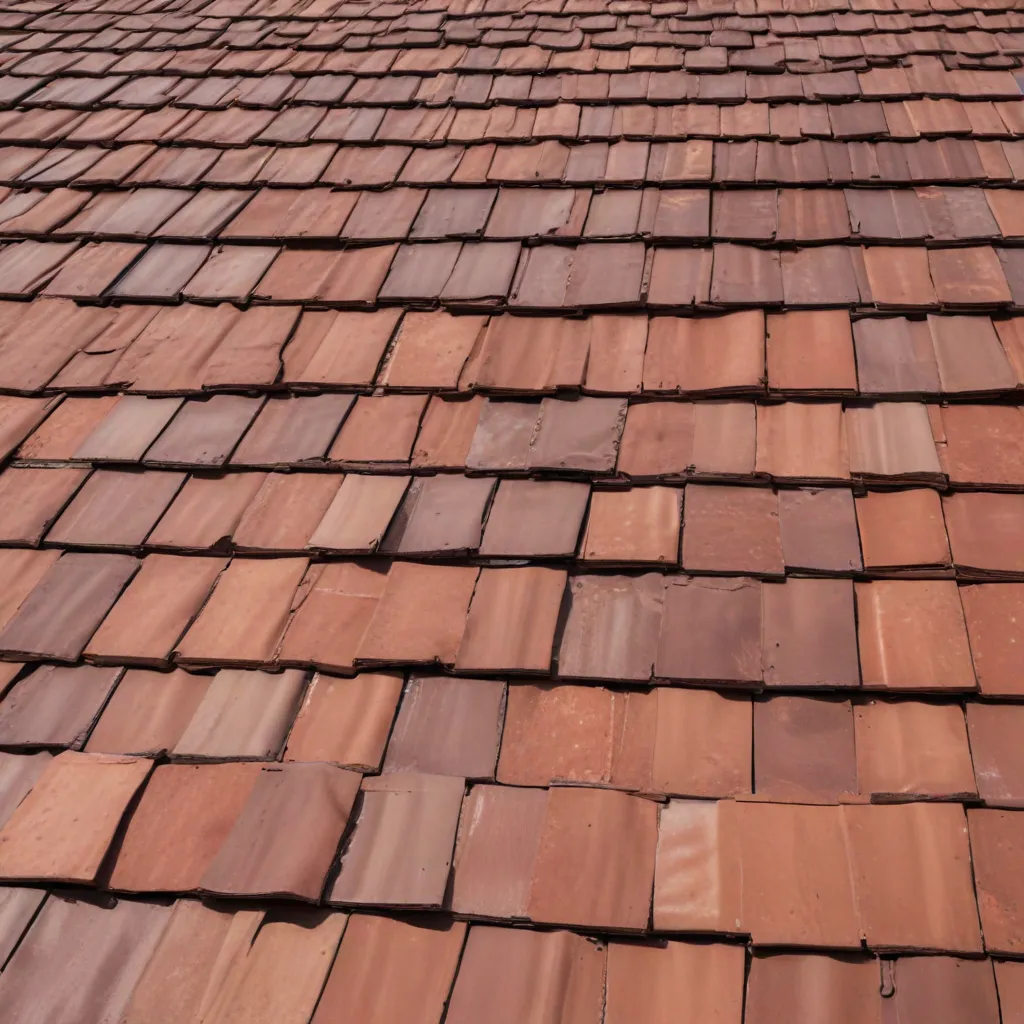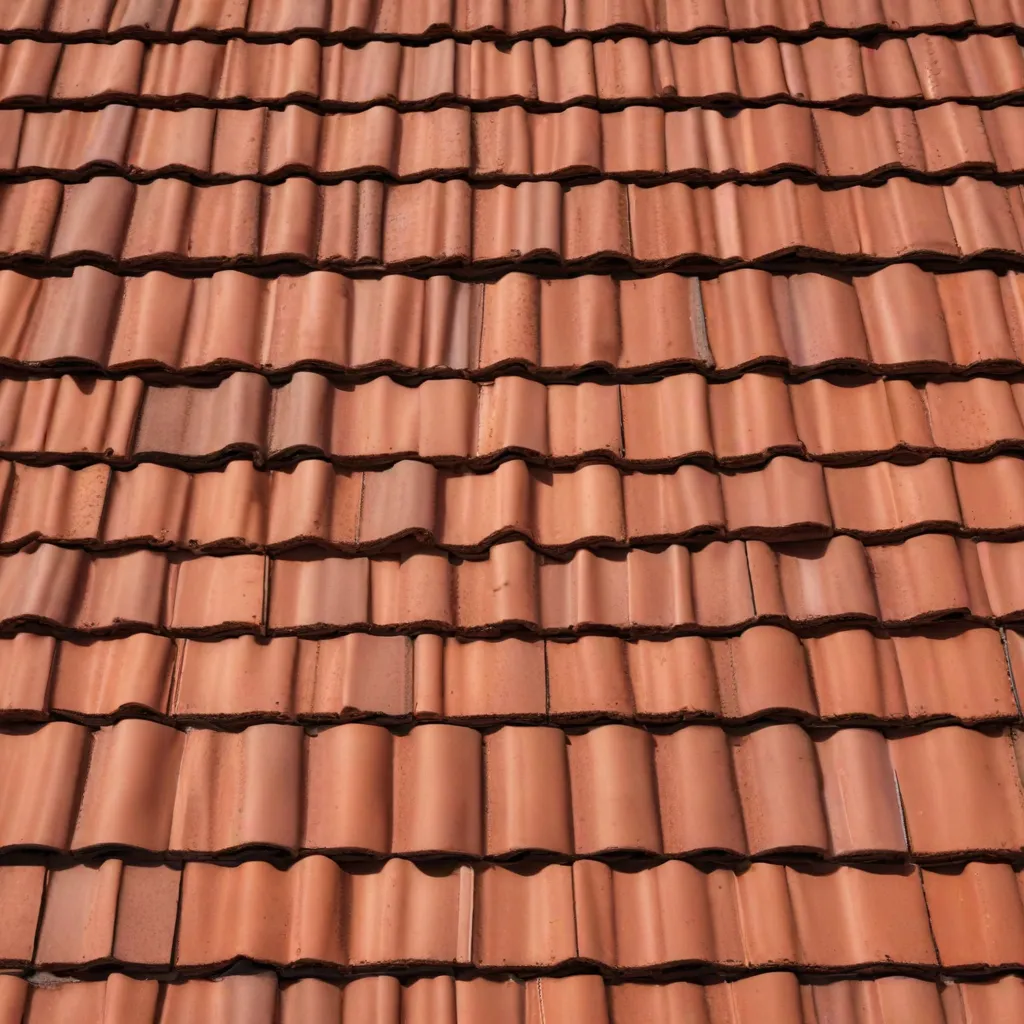
As an experienced roofing specialist with Genuine Roof Systems, I’m excited to explore the remarkable advancements in tile roofing technology. Tile roofs have long been revered for their timeless aesthetic appeal, durability, and environmental benefits, and now, they are at the forefront of sustainable roofing innovation.
Tile Roofing Materials
Tile roofing encompasses a diverse range of materials, each with its own unique properties and applications. Ceramic tiles, prized for their resilience and low maintenance, have been a staple in Mediterranean and Spanish-style architecture for centuries. These tiles, crafted from fired clay, offer exceptional resistance to weathering, fire, and pests, making them a popular choice for homeowners seeking a long-lasting roofing solution.
Clay tiles, on the other hand, are valued for their natural charm and thermal insulation properties. These tiles, made from natural clay and shale, can help regulate indoor temperatures, reducing energy consumption and contributing to a home’s overall energy efficiency. Clay tiles are particularly well-suited for homes in temperate or hot climates, where their ability to reflect heat can provide significant cooling benefits.
In recent years, concrete tiles have gained traction as a versatile and cost-effective roofing option. Offering a wide range of color and texture options, concrete tiles provide a durable and low-maintenance alternative to traditional roofing materials. Their inherent strength and resistance to weathering make them a reliable choice for homeowners seeking a long-lasting, sustainable roofing solution.
Environmental Benefits
One of the most significant advantages of tile roofing is its exceptional energy efficiency. Tile’s unique thermal properties, combined with its ability to reflect sunlight, can help reduce the energy required for heating and cooling a building. This translates into lower utility bills and a smaller carbon footprint, making tile roofing an eco-friendly choice for homeowners and developers alike.
Moreover, tile roofing is renowned for its water management capabilities. The overlapping design of tile roofs, along with their smooth surfaces, enables efficient rainwater runoff and effective drainage. This not only helps prevent water damage to the building but also allows for the collection and reuse of rainwater, a valuable resource in many regions.
The durability of tile roofing is another significant environmental benefit. With a lifespan that can exceed 100 years, tile roofs require minimal maintenance and replacement, reducing the need for raw materials and landfill waste associated with more short-lived roofing options. This long-lasting performance makes tile roofing a sustainable choice that aligns with the principles of a circular economy.
Sustainable Manufacturing
The commitment to sustainability extends beyond the performance of tile roofing; it is also evident in the manufacturing processes that produce these remarkable products. Tile manufacturers are increasingly embracing renewable resources, such as solar energy and biomass, to power their production facilities, reducing their carbon footprint and contributing to a greener future.
Additionally, tile manufacturers are actively exploring ways to reduce waste and minimize their environmental impact. By implementing advanced recycling and waste management systems, they are able to repurpose production byproducts, minimizing the amount of material sent to landfills. This circular approach to manufacturing not only enhances the sustainability of tile roofing but also sets a standard for the roofing industry as a whole.
Stringent emissions control measures further solidify the environmental credentials of tile roofing. Manufacturers are investing in state-of-the-art air filtration systems and carefully monitoring their production processes to ensure compliance with the most rigorous environmental regulations. This commitment to reducing air pollution and safeguarding the surrounding communities is a testament to the industry’s dedication to sustainable practices.
Architectural Applications
The versatility of tile roofing extends far beyond its environmental advantages. Tile has long been associated with the architectural heritage of many cultures, lending a timeless and distinctive character to buildings. From the terracotta-tiled roofs of the Mediterranean to the slate-roofed cottages of the British Isles, tile has played a vital role in shaping the visual landscapes of our built environment.
This historical significance has not been lost on modern architects and homeowners. Tile roofing continues to be a popular choice for those seeking to preserve the architectural integrity of their properties, whether they are restoring a historic structure or constructing a new building that seamlessly blends with its surroundings.
The design versatility of tile roofing is equally impressive. With a vast array of colors, textures, and profiles available, tile can be easily integrated into a wide range of architectural styles, from traditional to contemporary. This flexibility allows homeowners and designers to tailor their roofing choices to complement the unique character of their projects, ensuring a cohesive and visually striking appearance.
Beyond its aesthetic appeal, tile roofing also reflects the cultural influences that have shaped our built environment. In many regions, the use of specific tile types, patterns, and styles has become intrinsically linked to the local architectural heritage, serving as a testament to the rich diversity of human ingenuity and craftsmanship.
As we delve deeper into the world of tile roofing, it becomes clear that these remarkable materials are much more than just a practical solution for protecting our homes. They are the embodiment of a centuries-old tradition, a fusion of form and function that continues to inspire and captivate architects, homeowners, and roofing specialists alike.
At Genuine Roof Systems, we are proud to be at the forefront of this innovative and sustainable roofing revolution. By collaborating with industry leaders and harnessing the latest advancements in tile technology, we are committed to delivering high-performance, eco-friendly roofing solutions that not only safeguard our homes but also contribute to a greener, more resilient future.

